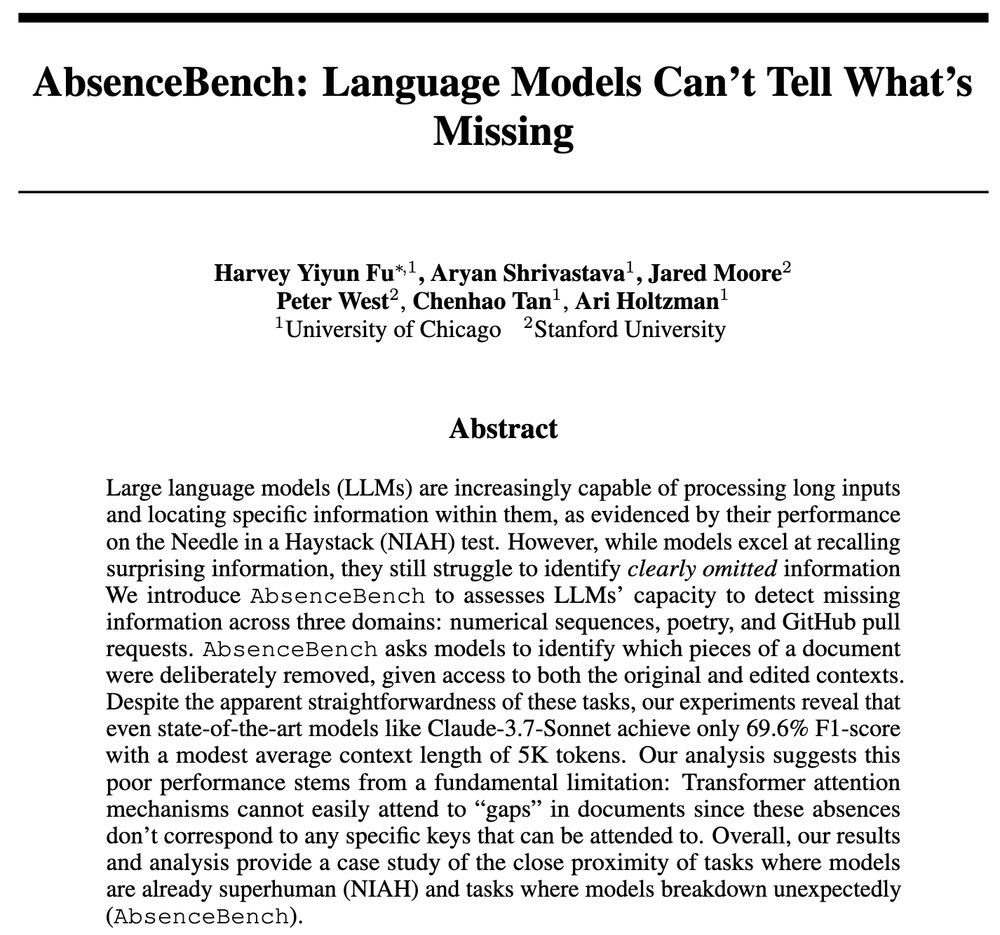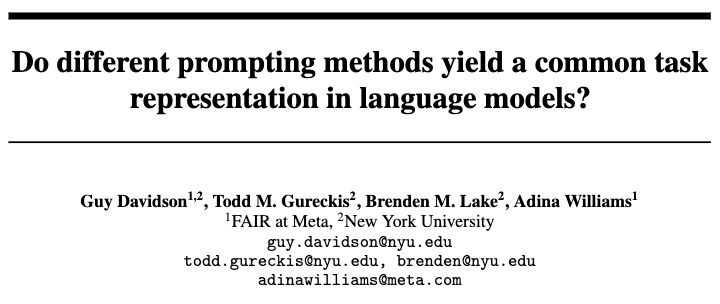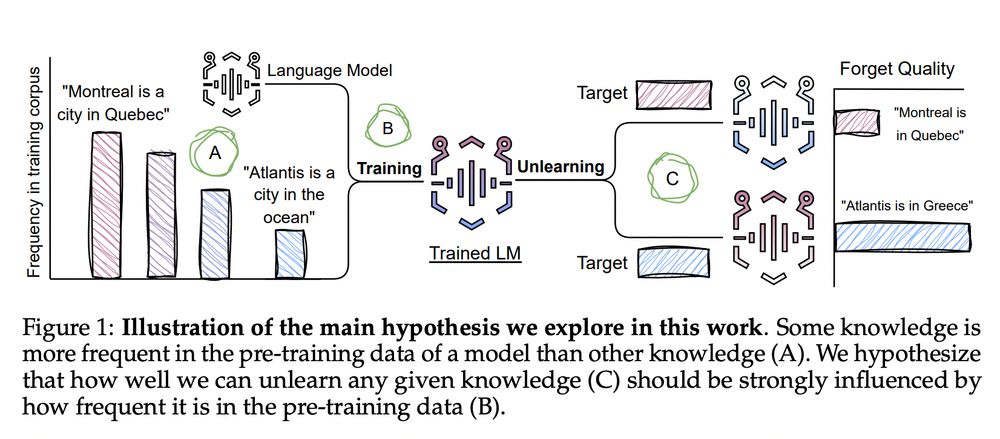Michael Hahn
@m-hahn.bsky.social
82 followers
250 following
8 posts
Prof at Saarland. NLP and machine learning.
Theory and interpretability of LLMs.
https://www.mhahn.info
Posts
Media
Videos
Starter Packs
Reposted by Michael Hahn
Reposted by Michael Hahn
Michael Hahn
@m-hahn.bsky.social
· May 5

Lower Bounds for Chain-of-Thought Reasoning in Hard-Attention Transformers
Chain-of-thought reasoning and scratchpads have emerged as critical tools for enhancing the computational capabilities of transformers. While theoretical results show that polynomial-length scratchpad...
arXiv.org
Michael Hahn
@m-hahn.bsky.social
· May 5
Michael Hahn
@m-hahn.bsky.social
· May 5
Michael Hahn
@m-hahn.bsky.social
· May 5
Michael Hahn
@m-hahn.bsky.social
· May 5
Michael Hahn
@m-hahn.bsky.social
· May 5
Reposted by Michael Hahn
Reposted by Michael Hahn
Reposted by Michael Hahn






